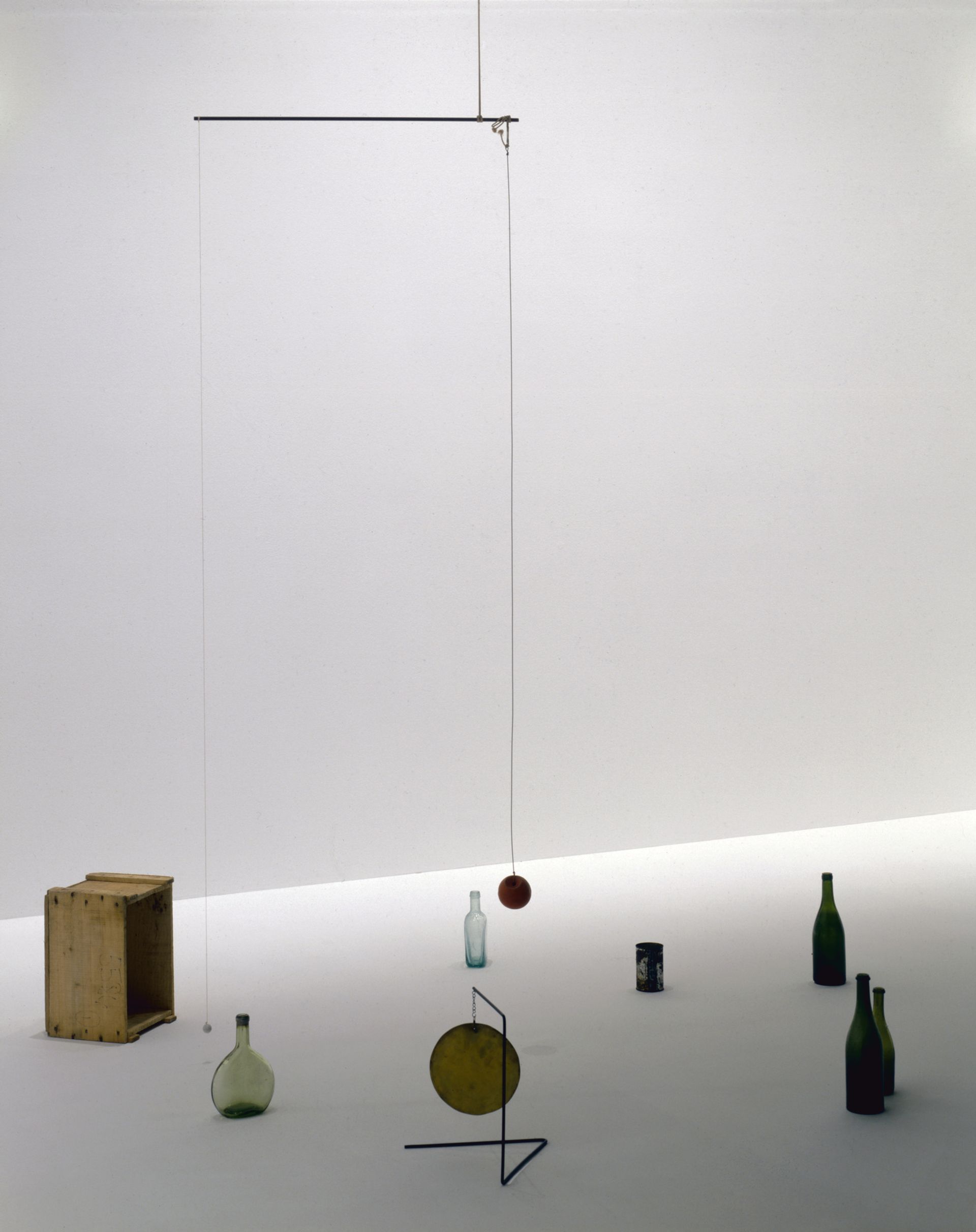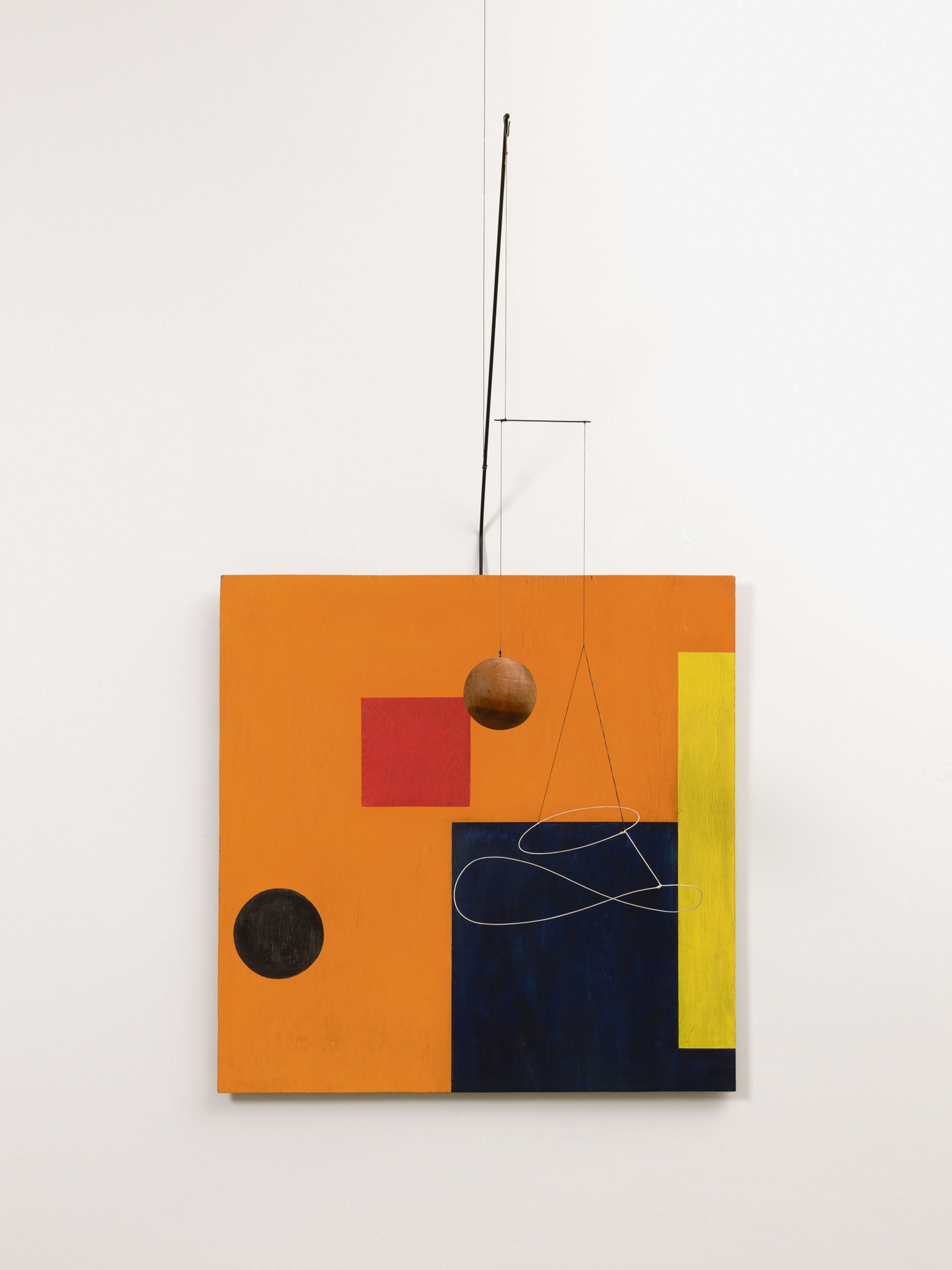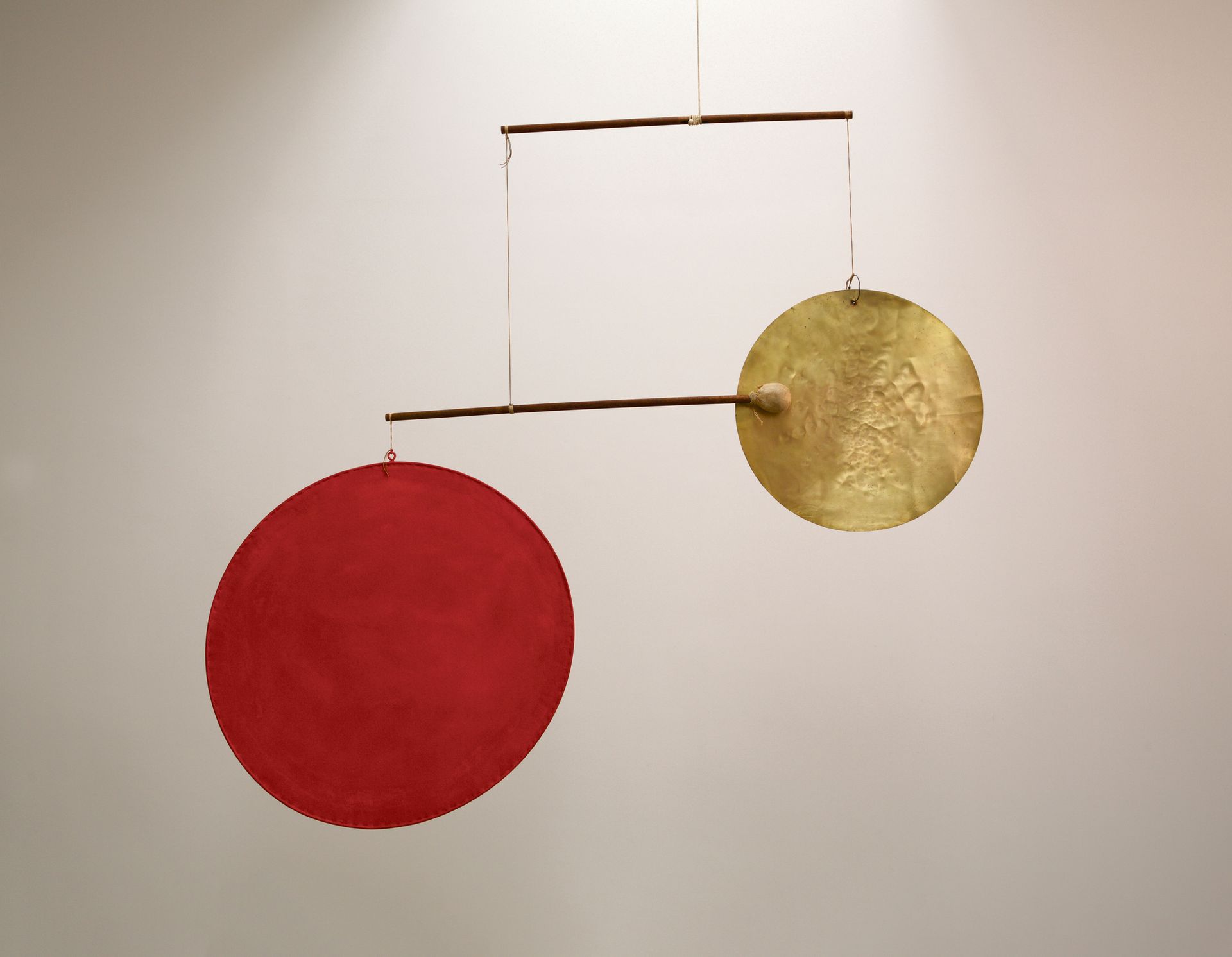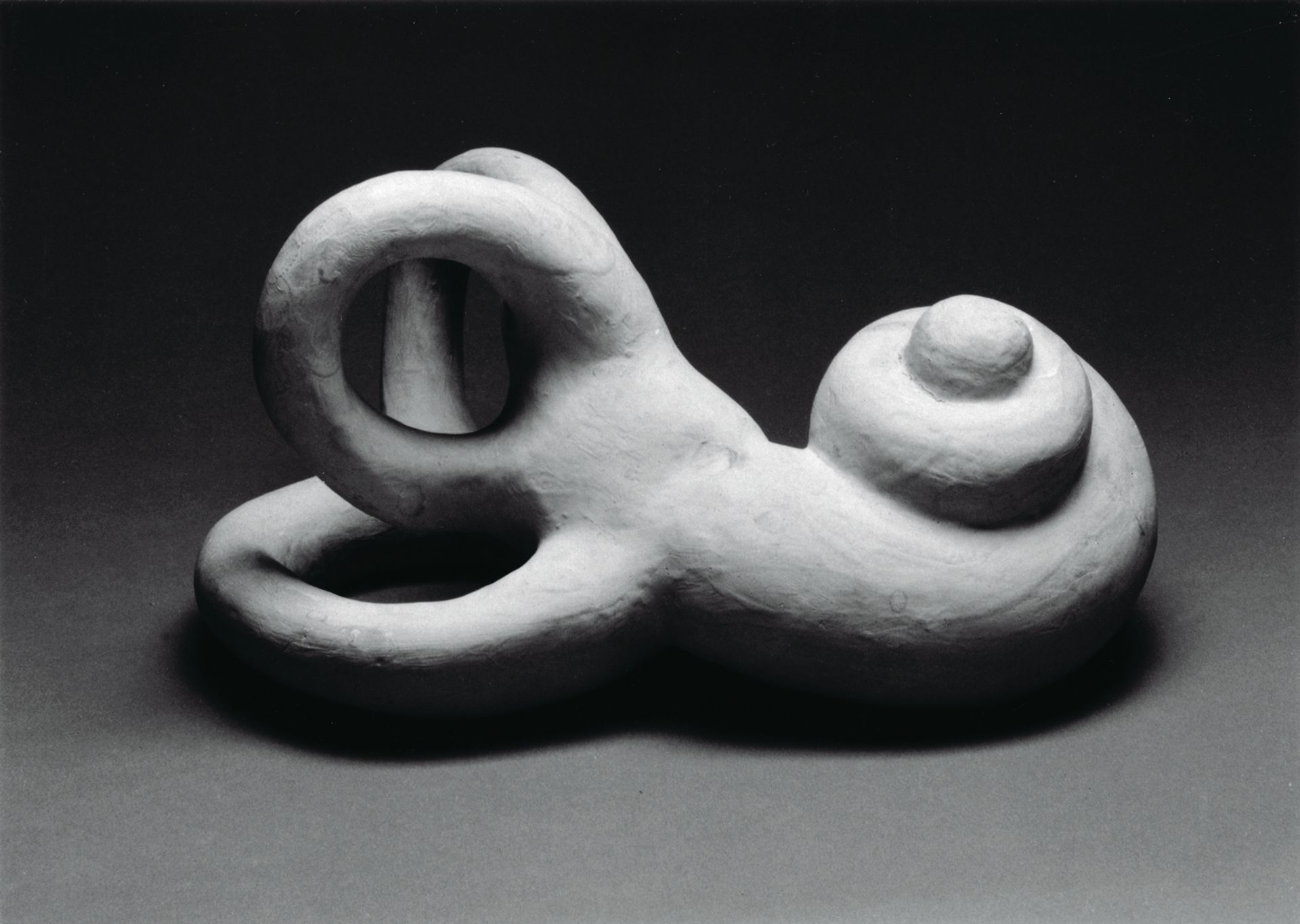Alexander Calder and Fischli/Weiss, now on show at the Fondation Beyeler, seem an unlikely pairing for an exhibition. What does the Modernist mobile-maker have in common with the contemporary conceptual collaborators? Balance, movement and the potential for things to fall apart, says the show’s curator, Theodora Vischer.
The obvious link, and “what one thinks of first”, Vischer says, is Fischli/Weiss’s Equilibres series (1984-87)—photographs of precariously balanced sculptures made out of household items. Or their film The Way Things Go (1987), with its 30-minute chain reaction made using everyday objects (which will be shown in a vitrine alongside the film for the first time). But instead, it was the Swiss duo’s Questions (2002-03)—a projection in a dark room of “simple, so-called small questions that are suddenly quite deep and touching”—which Vischer likens to losing yourself in a room of Calder’s mobiles. “[You] perceive them not only as single works, but as a whole entity of different correspondences,” she says.
Peter Fischli (David Weiss died in 2012) “was very much involved and engaged with this project”, Vischer says, as was the Calder Foundation in New York, which has lent around half of the works by the artist that are on show.
Here, Alexander S. C. Rower, the foundation’s president and Calder’s grandson, selects some of his favourite works in the exhibition:
Peter Fischli David Weiss
Der Lauf der Dinge (The Way Things Go) (1987)

“It’s strange to exhibit objects used to create a temporal work. Even the artists’ famous film itself is not the work of art. The obvious parallel with Calder is the collection of objects from his Cirque Calder performance [1926-31], which are in a glass tank at the Whitney Museum of American Art in New York.”
Alexander Calder
Small Sphere and Heavy Sphere (1932/33)

“Don’t miss Calder’s first hanging mobile, which is activated around once an hour. Calder’s directions were that the viewer should determine the arrangement of the bottles, tin can, wooden box and so on, with no artist-prescribed, final composition. It’s incredibly radical, even today.”
Alexander Calder, Untitled (1937)

“Last year was the first time this work had been exhibited since 1937, so it is a special moment for Calder scholars, who will know it only from vintage photographs. Don’t be fooled into thinking it’s a proto-mobile: Calder had been making hanging mobiles for years before exploring this idea of two-dimensional paintings in motion.”
Alexander Calder, Red Disc and Gong (1940) and Peter Fischli & David Weiss, Equilibrium Organ (Ear) (1986)


“One of my favourite moments in the exhibition is a small transitional gallery containing these two works. Calder’s piece is a sound-making mobile, not shown since 1965, that was made for his Connecticut studio. I remember as a child how it would only very occasionally go ‘bang!!!’, unexpectedly activated by a gust of wind coming through the open windows. Fischli/Weiss’s sculpture is not about sound, but about balance, just as Calder’s is less about balance than about sound. It’s a wonderful juxtaposition and an elegant joke.”
• Fondation Beyeler, Calder & Fischli/Weiss, until 4 September

